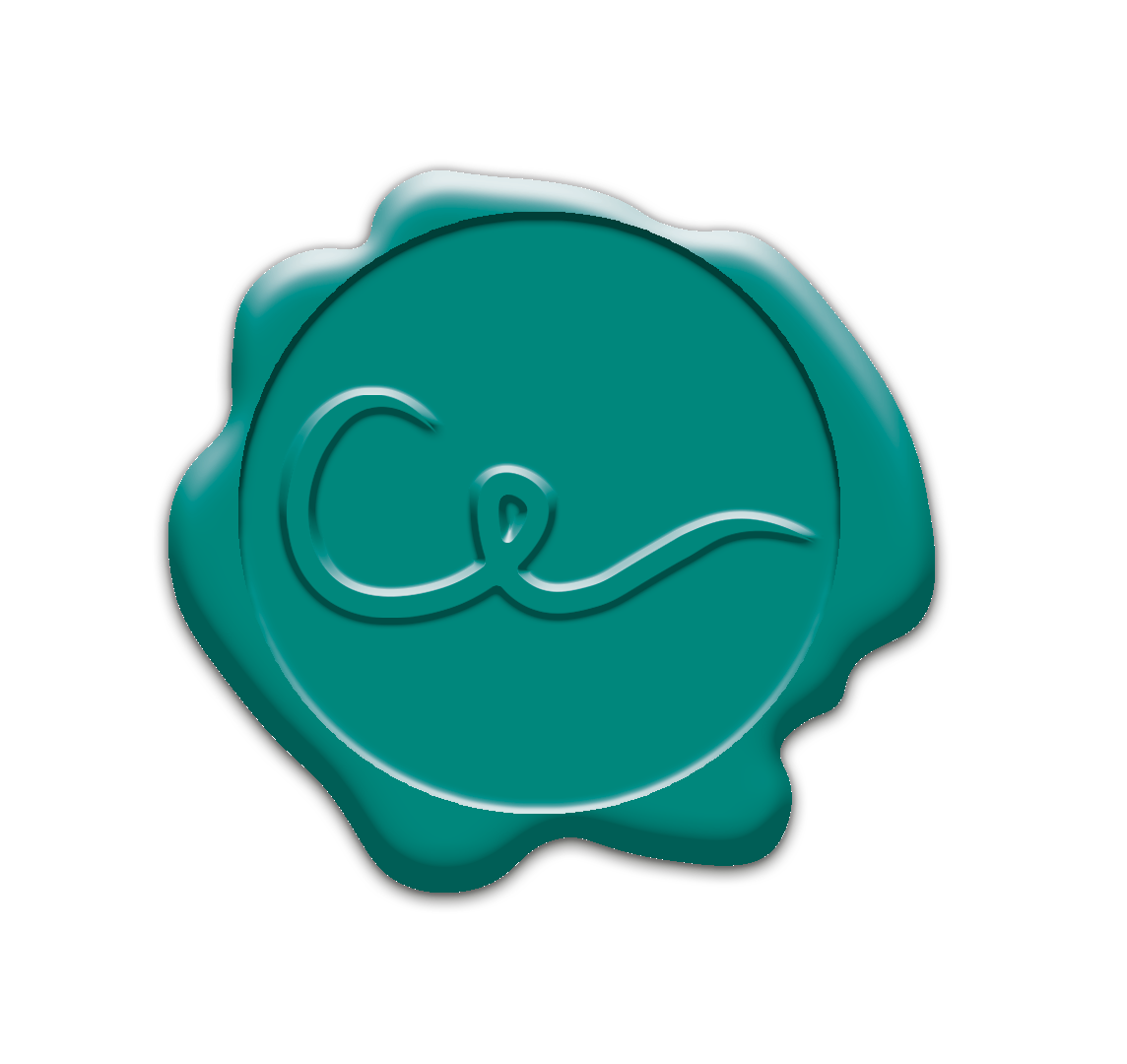Sondage international sur les associations couleurs et émotions
Sur cette carte, tu peux la participation au sondage en fonction des pays (Janvier 2021). Plus le bleu est foncé, plus il y a des participants.
Quelles émotions associes-tu avec les couleurs?
Nous utilisons souvent les couleurs pour communiquer nos émotions (par ex., “être vert de rage”). L’équipe de recherche de l’Université de Lausanne sur les couleurs, réalise actuellement un sondage cross-culturel sur les associations entre les couleurs et les émotions. Le but est de savoir s’il y a une ressemblance universelle entre ces associations et à quel moment notre culture rentre en jeu.
Prêt à participer? Clique ici et choisis ta langue maternelle!
Accéder aux données? Clique ici et cite cet article.
Colour selection tool
What you can see here is the starting screen of the colour selection tool
what colour do you have in mind?
Sometimes, we would like to find a colour that cannot be captured by words. Our colour research team together with Prof. C. Alejandro Parraga at the Autonomous University of Barcelona have developed an online colour selection tool that helps to find the best match. This intuitive user-friendly tool allows you to quickly visualise any colour that you can imagine and produce on screen.
Check it out here.
Limited colour vision
The two images contrast how the environment (left image) is seen through the eyes of a person with red-green blindness (right image).
Do colours convey affective meaning of what we see?
Colour blindness (a.k.a. daltonism) describes a limited ability to see the full colour range, most frequently observed in the red-green range. We investigate how this limited colour range also affects (or not) what we perceive and interpret in our environment.
Involving local communities in colour research
Community testing with Quartiers Solidaires and ProSenectute (copyright Dominique Schluechter, Nele Dael and Elena Arbona Cuesta)
An evidence-based approach to understand colour and well-being in different populations
We like moving our laboratory outside academic walls to engage with different communities. We foster evidence-based knowledge tailored to specific life situations or age groups (older people, inpatients, families, children in day-care or schools, prisoners, etc.). This project aims to boost awareness in the general public and offer a scientific angle in understanding the potential impact of our emotions, beliefs and preferences on everyday colour decisions. Testing different populations helps us to further validate our research findings and discover the effects of age and community, culture, or environment on how we think and feel about colour.
Colour in art
On the left, you see one of over 2000 self-portraits by A. Henrion (copyright The Helmut Klewan Collection, Belvedere Museum, Vienna). We tested which of 20 emotions best represent the depicted facial expression.
Does colour influence how we perceive art?
Visual artists and the living arts use colour in their creations such as in paintings or on clothes. The artist likely aims for a display that is closest or matches the desired experience. Colour is likely one ingredient that supports the artist to this aim. In this line of research, we are investigating what emotions people perceive in art, and to what extent colour contributes to this experience.
Matching colour to internal states and traits
What is the evidence that your chosen colour represents who you are, or vice versa, can a colour represent what personality measures assess?
Can colour choices tell who you are and what you feel?
Popular media suggests that colour choices reflect one’s feelings or personality. For example, red colour is assumed to represent a colour of activity and anger, thus it must appeal to energetic people. We are collecting evidence allowing us to empirically test such claims by using various types of affect assessment methods (self-report, emotion induction) and personality assessment methods as well as different colour measurement techniques (e.g. colour selection tool).






